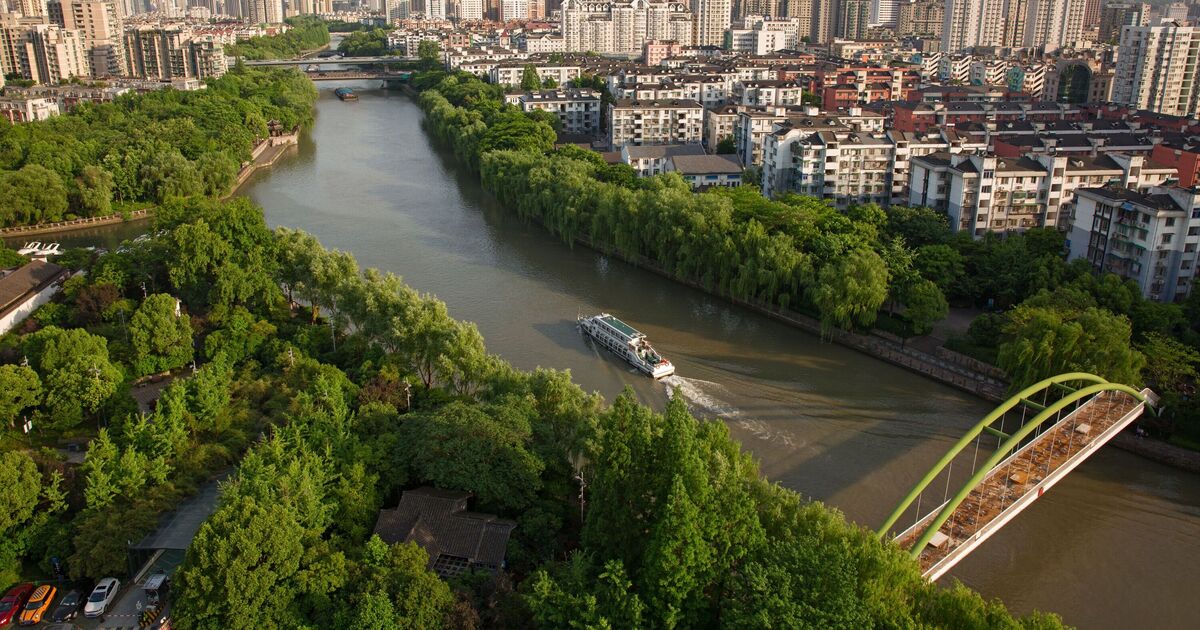Everyone has heard about the Suez Canal. It’s an extremely important shipping route that connects the Mediterranean Sea to the Red Sea, providing a vital shortcut for ships travelling between Europe and Asia.
But while the Suez Canal is probably the most famous, it’s not the world’s longest. That title belongs to the Grand Canal in China. The Suez Canal stretches for roughly 120 miles (193km), while the Grand Canal runs for about 1,104 miles (1,776km), making it more than nine times longer.
The Grand Canal connects Beijing in the north to Hangzhou in the south, running through some of the most populated and important regions of China.
It is the longest and oldest artificial waterway in the world and has played a massive role in Chinese history for over 2,000 years.
According to UNESCO and historical records, the canal was first built as early as the 4th century BC, with major expansions carried out during the Sui dynasty in the 7th century.
It was designed to help move surplus grain from southern China to northern capitals and supply massive armies.
At its height, the canal included a complex network of rivers, locks, and sluices.
It passed through major cities like Tianjin, Suzhou, and Zhenjiang, and connected to important rivers like the Yangtze and the Yellow River.
Some sections were incredibly challenging to build, requiring workers to cut across high ground and control water levels using clever engineering.
The Grand Canal was also used for centuries to move goods, people, and water for irrigation.
In the 19th century, however, floods and rebellions caused parts of it to fall into disrepair.
What’s more, as railways and modern roads expanded, the canal’s role declined, especially in the north.
But the Chinese government began major repair work in the 20th century. In the 1960s, the canal was dredged, widened, and fitted with modern ship locks.
Today, medium-sized barges can still use much of the route, especially in the southern sections.
It’s also used to transfer water from the Yangtze to drier regions in the north.
The canal is now a UNESCO World Heritage Site, recognised for its engineering, history, and cultural importance.

